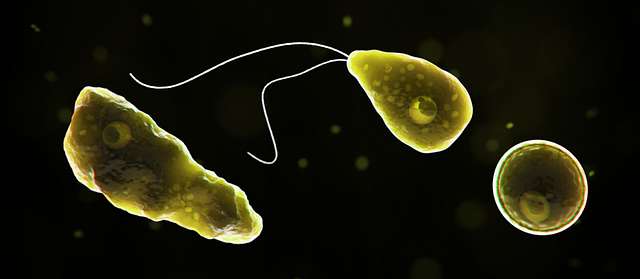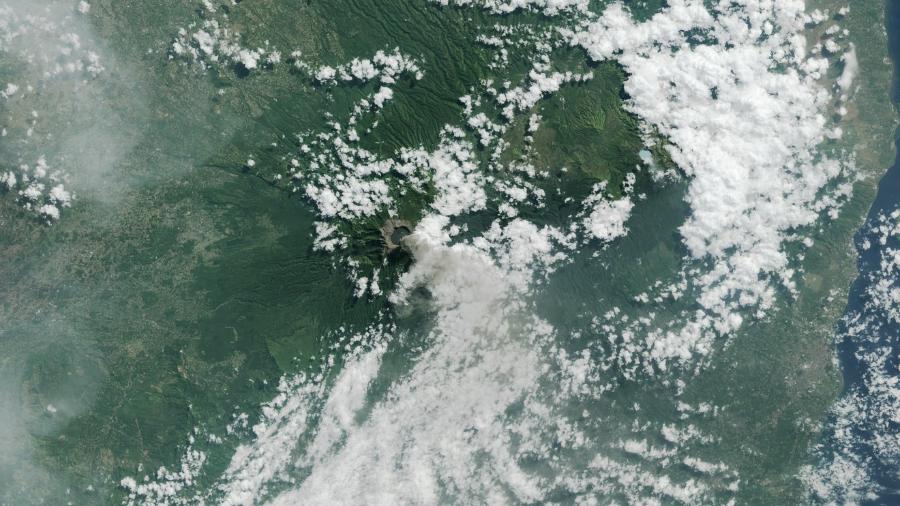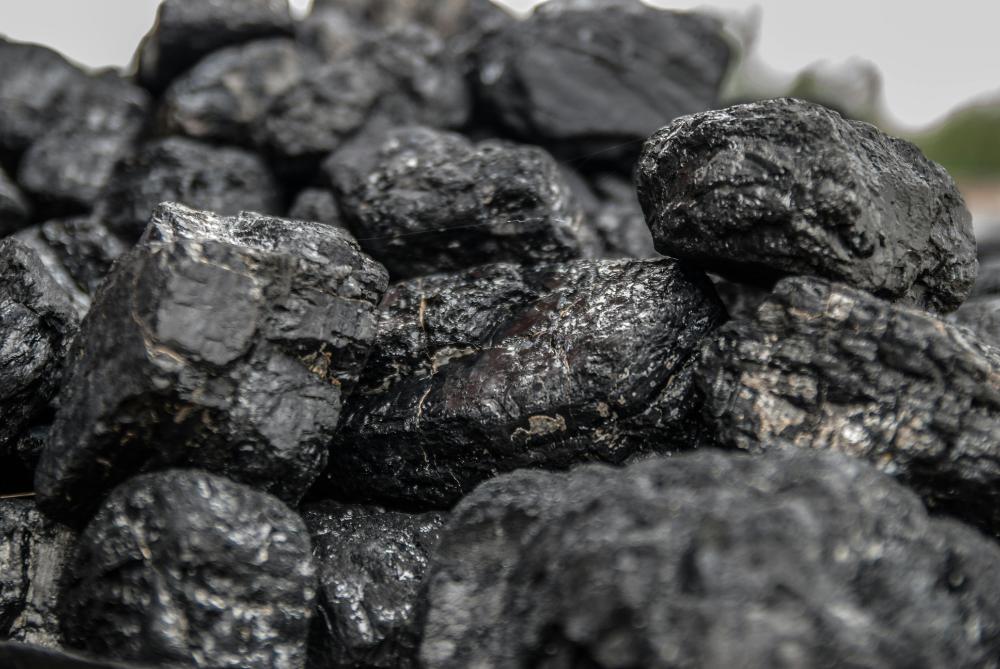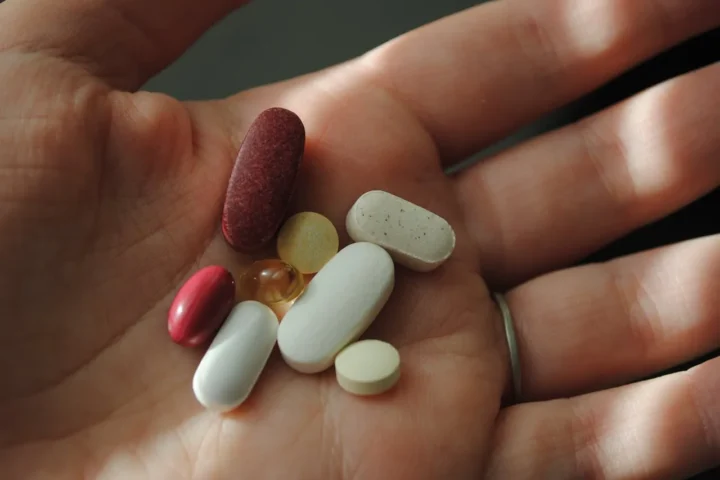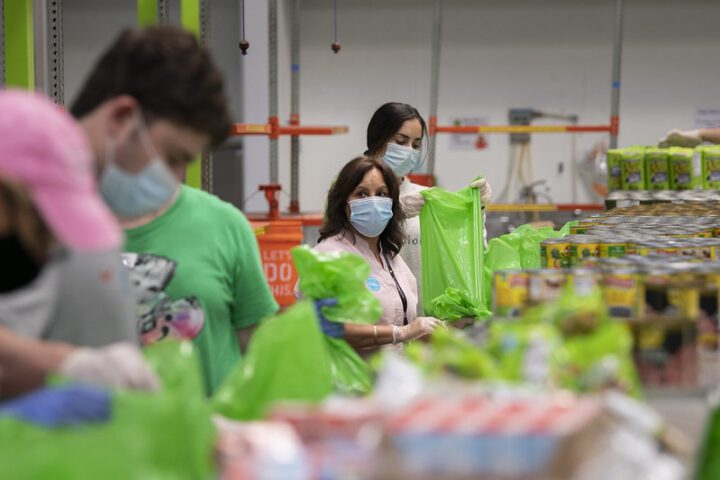A day at the lake ended in tragedy for a South Carolina family when 12-year-old Jaysen Carr died on July 18, 2025, after contracting Naegleria fowleri—commonly known as the brain-eating amoeba—while swimming in Lake Murray. Health officials confirmed this is the state’s first case since 2016.
Jaysen, a student at Hand Middle School in Columbia, likely encountered the microscopic organism during a swim the week of July 7. The amoeba causes primary amebic meningoencephalitis (PAM), an acute brain infection that progresses rapidly.
“The risk of Naegleria fowleri infection remains very low,” said Dr. Linda Bell from the South Carolina Department of Public Health. The CDC reports only 167 U.S. cases since 1962—averaging fewer than 10 annually despite millions of recreational water exposures.
Dr. Anna Kathryn Burch, a pediatric infectious disease physician at Prisma Health Children’s Hospital-Midlands, explained how the infection occurs: “This amoeba infects the brain and it makes the brain swell.” Symptoms begin 1-9 days after exposure, starting with fever, headache, and nausea before rapidly progressing to confusion, seizures, and coma.
Family attorney Tyler Bailey issued a statement saying: “Jaysen’s family is grieving this unthinkable loss, but they are also grateful at the outpouring of love and support they have received from the community. The family has many questions about how and why Jaysen died and wants to do everything in their power to ensure this doesn’t happen to another family.”
Lake Murray, a 50,000-acre recreational lake with 650 miles of shoreline near Columbia, remains open. The amoeba naturally occurs in warm freshwater environments, with infections typically happening during peak summer months (July-September).
The CDC recommends several prevention strategies:
- Use nose clips or keep your head above water
- Avoid stirring up bottom sediment
- Don’t dive or jump into warm freshwater
- Use distilled or boiled water for nasal rinsing
Public health experts note climate change may expand the typical July-September risk window as waters warm earlier and stay warm longer.
A GoFundMe campaign for Jaysen’s family has raised approximately $36,000 toward a $55,000 goal as the community rallies around the grieving family.
While the infection is extremely rare, its high fatality rate (over 97%) makes awareness crucial for families enjoying freshwater activities during summer months.
The CDC’s Free-Living and Intestinal Ameba (FLIA) Laboratory offers diagnostic testing when PAM is suspected, though treatment options including amphotericin B and miltefosine have rarely proven successful.Health officials emphasize that understanding symptoms and taking simple precautions can help families enjoy water activities more safely this summer.
